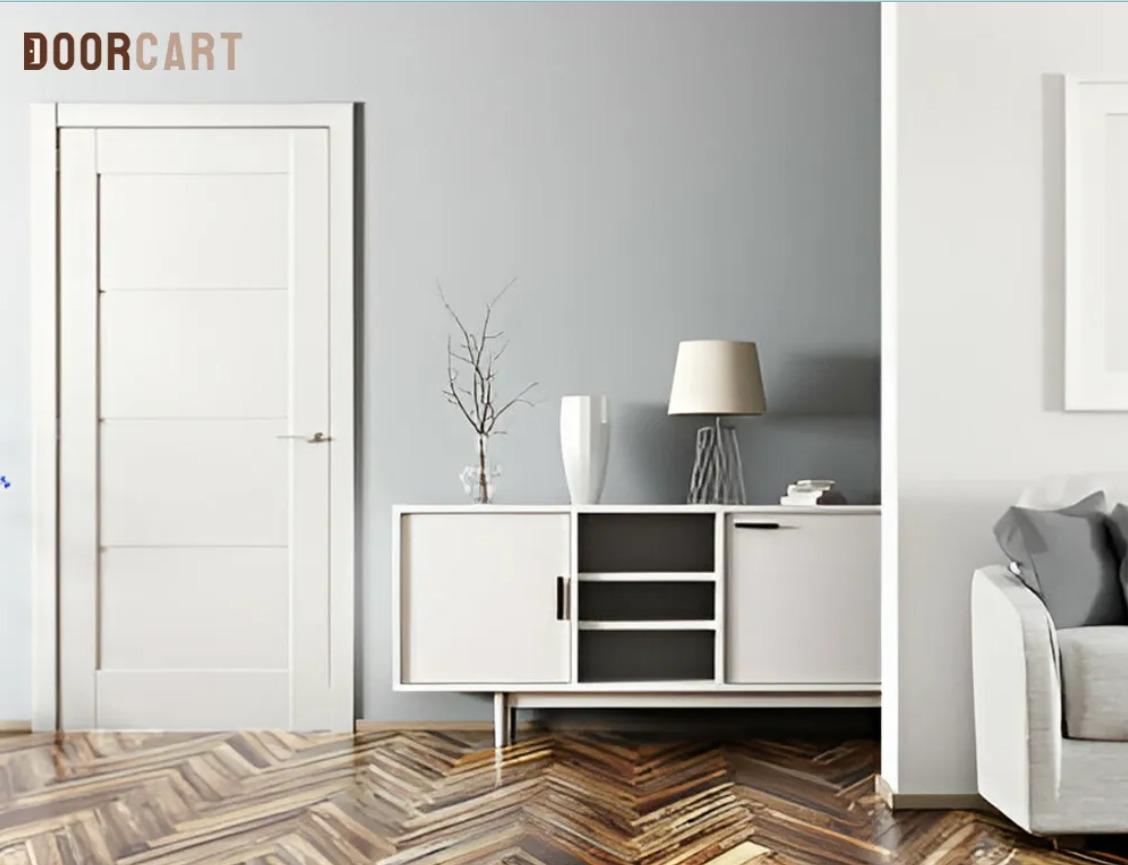Registreer
Log in Creëer je accountEvents
Blogs
Marketplace
Groepen
Pagina
Meer
Navigating Your Doorway Needs: A Deep Dive into Fire Rated Doors and Hollow Core Door Interior Solutions

When planning a construction or renovation project, the humble door often doesn't get the spotlight it deserves. Yet, choosing the right door is a critical decision that impacts safety, functionality, and aesthetics. Two terms you're likely to encounter are fire rated doors and the common hollow core door interior. While both serve the fundamental purpose of creating a barrier between spaces, their composition, purpose, and applications are worlds apart. Understanding the difference is not just a matter of specification; it's a crucial aspect of building safety and intelligent design. This guide will demystify these two door types, explaining where and why you need a robust fire-rated door versus where a lightweight hollow core door interior is the perfect, cost-effective fit.
The Guardian: Understanding Fire Rated Doors
A fire-rated door is not just a door; it's a certified lifesaving assembly. It is a complete system—including the door itself, the frame, the hardware (hinges, locks, and closers), and the intumescent seals—designed and tested to withstand fire for a specified period.
How Do They Work?
The magic of a fire door lies in its construction and components:
-
The Core: Unlike a hollow core door interior, fire-rated doors have a solid core, typically made of materials like mineral wool, vermiculite board, or solid timber. This dense core provides the primary insulation against heat and flames.
-
Intumescent Seals: These are the unsung heroes. These seals are installed around the edges of the door or within the frame. When exposed to intense heat, they expand dramatically (often to several times their original size), sealing the gap between the door and the frame. This prevents the passage of deadly smoke and toxic gases, which are the leading cause of fire-related fatalities.
-
Automatic Closing Mechanisms: Fire doors are legally required to be self-closing. They are fitted with a door closer that ensures the door latches shut automatically every time it's opened, maintaining the integrity of the fire barrier.
-
Certified Hardware: Every component, from the hinges to the latch, must be rated to withstand high temperatures without failing prematurely.
Fire Ratings Explained
You'll see fire doors labeled with ratings like 20-minute, 60-minute, or 90-minute. This rating indicates the duration for which the door assembly has been tested to contain a fire, maintain its structural integrity, and prevent the transfer of heat. The required rating is determined by building codes and depends on the location and the potential fire hazard of the space it protects (e.g., a 90-minute door for a boiler room versus a 20-minute door for a corridor).
Where Are Fire Rated Doors Mandatory?
Building codes are very specific about the placement of fire doors. Common locations include:
-
Entrances to stairwells (to create a protected fire escape route).
-
Corridor doors in commercial buildings, apartments, and hotels.
-
Mechanical rooms, boiler rooms, and electrical closets.
-
Doors leading from a garage into a living space in a home.
-
Any room designated as a fire hazard or requiring compartmentalization to slow the spread of fire.
The Workhorse: Demystifying the Hollow Core Door Interior
Now, let's turn to the most common door found in residential interiors: the hollow core door interior. As the name suggests, these doors are not solid. Their structure consists of a lightweight frame, typically made of wood or composite material, with a honeycomb or grid-like cardboard core filling the space inside. This structure is then skinned with thin sheets of plywood, Masonite, or MDF, which can be finished with a wood veneer or painted.
Advantages of Hollow Core Doors
The popularity of the hollow core door interior is driven by several key benefits:
-
Cost-Effectiveness: They are the most affordable type of door on the market, making them the go-to choice for budget-conscious builders and homeowners for non-critical applications.
-
Lightweight: Their minimal weight makes them easy to handle, install, and hang. This also places less strain on hinges and door frames over time.
-
Versatility in Finishing: The smooth, flat surface of a hollow core door is ideal for painting. They can be easily customized to match any interior décor with a fresh coat of paint.
Limitations and Considerations
It's crucial to understand what a hollow core door interior is not designed for:
-
Durability and Strength: They offer very little resistance to impact. A hard knock can easily puncture the thin outer skin. They are not suitable for high-traffic areas or rooms where rough use is expected.
-
Sound Insulation: The hollow core provides almost no acoustic barrier. Sound travels easily through them, making them a poor choice for bedrooms, home offices, or bathrooms where privacy is desired.
-
Security: They can be easily kicked in or broken through, offering minimal security.
-
Moisture Resistance: Standard hollow core doors are not meant for humid environments like bathrooms. Moisture can cause the internal cardboard to swell and the outer skins to delaminate.
Fire Rated Doors vs. Hollow Core Doors: A Side-by-Side Comparison
| Feature | Fire Rated Door | Hollow Core Door Interior |
|---|---|---|
| Primary Purpose | Life Safety, Fire Containment | Space Division, Privacy, Aesthetics |
| Core Construction | Solid, dense materials (mineral wool, solid wood) | Hollow with honeycomb cardboard support |
| Weight | Very Heavy | Very Lightweight |
| Cost | High | Low |
| Sound Insulation | Excellent (when paired with proper seals) | Very Poor |
| Durability | Very High | Low |
| Typical Locations | Stairwells, mechanical rooms, garages | Closets, pantries, low-traffic rooms |
Making the Right Choice for Your Project
Choosing between these doors is not a matter of quality but of application.
-
For a Commercial Building, Apartment Complex, or any code-mandated location: The choice is made for you. You must install a certified fire-rated door assembly to comply with building codes and ensure occupant safety. There is no substitute.
-
For Your Home Interior:
-
Choose a Hollow Core Door Interior for: Linen closets, pantry doors, or other low-impact areas where your only goal is to hide the contents. They are perfect for these utility spaces where cost and weight are primary factors.
-
Consider a Solid Core Door (a third option) for: Bedrooms, bathrooms, and home offices. Solid core doors, while not fire-rated unless specifically certified, offer excellent sound insulation, a more substantial feel, and better durability than hollow core models. They are the ideal middle ground for residential privacy and quality.
-
Choose a Fire-Rated Door for: The door between your house and an attached garage, or for a basement or utility room as specified by local building codes. This is a non-negotiable safety feature for modern homes.
-
Final Thoughts: Safety First, Form Follows
The world of doors is more complex than it first appears. The dramatic difference between a fire rated door and a standard hollow core door interior underscores a fundamental principle in construction: the right tool for the right job. One is a specialized, life-saving appliance, rigorously tested and certified. The other is an economical, functional component for everyday use. By understanding their distinct roles, you can make informed decisions that prioritize the safety of a building's occupants without overspending on features you don't need, or worse, compromising safety by using an inadequate product in a critical location. Always consult your local building codes and a qualified professional when in doubt.

